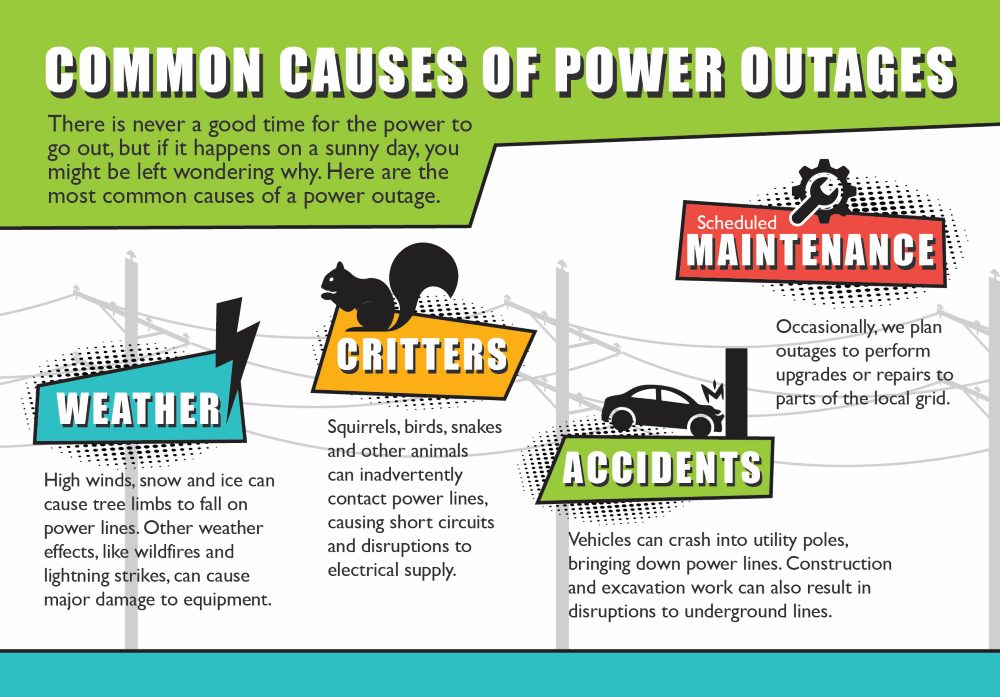EIGHT THINGS YOU MIGHT NOT KNOW ABOUT POWER RESTORATION
Posted: 7/1/2024

Have you ever watched a video or TV show where a person is cooking a meal, then suddenly, they snap their fingers, and the meal is plated and ready to eat? That’s called a jump cut. While we wish we could “jump cut” from a power outage to power restoration, it can often take a lot more effort and people to make it happen.
We understand questions about power outages and why it can take time to get the lights back on. Given our reliance on electricity, there’s simply never a good time to be without it. The likelihood of summer storms and power outages can be much higher this time of year. As such, we’d like to shed light on ECEC’s restoration process to help our members understand what may be happening behind the scenes. Here are 8 things you might not know about restoration:
- It’s a team effort. Every one of ECEC’s employees are working to get your power restored as soon as possible. Our front office staff and member service representatives are taking your calls, engineers and field staff are surveying damage, dispatchers are organizing crews, lineworker crews are clearing hazards, and communicators are keeping everyone informed of progress. When your power goes out, we all work together as quickly and safely as possible to get you back to normal.
- Our employees might be affected too. Because Eau Claire Energy is a local electric cooperative owned by the members we serve, our employees are local too. They are your neighbors, friends and familiar community volunteers. When you’re without power, our people might be too.
- We assess the situation first. Every outage is different, and we don’t know how dangerous it is or what equipment might need to be replaced. When responding to outages, we first need to see what happened, then figure out what materials we need and a plan for how to fix the problem(s) without compromising electric flow for the rest of our members.
- Restoration is normally prioritized. Our crews focus on responding first to public safety issues and critical services like hospitals. Then we complete work that impacts the largest number of people first, working from largest volume outage to least.
- Our employees face many dangers. Besides working around high voltage electricity, our crews are on alert for weather elements, falling trees, and fast-moving cars.
- Flickering lights are a good thing. Some folks mistake flickering lights for outages, but these “blinks” are important because they indicate our equipment worked and prevented a possible outage likely caused by wayward animals or stray tree limbs on the lines.
- You need a backup plan. We do our best to help those who need it, but if you depend on electricity for life support purposes, you must have a back-up plan—remember, we don’t always know how long restoration efforts will take. If you’re unsure what to do, call us so we can help you understand what you need to be prepared.
- Sometimes it’s a waiting game. Our portion of the power grid is connected to other electric utilities, and we maintain positive relationships with power providers interconnected to our system. If our outage is due to an issue from their feed into our system, we must let them do their repairs and be mindful of what they’re going through to fix it.
We do our best to avoid power disruptions, but they are inevitable from time to time. If the lights go out, know that your co-op team is working as quickly and safely as possible to restore power. If you experience an outage, please let us know by calling 800-927-5090 or by downloading and using the SmartHub app!